The hijab is a headscarf or veil worn by some Muslim women as a symbol of modesty and privacy. It covers the head and chest while leaving the face visible. The practice of wearing the hijab is deeply rooted in Islamic tradition and is often seen as a religious obligation for Muslim women who choose to observe it. It is important to note that the decision to wear the hijab is a personal one and can be influenced by a variety of factors, including culture, family beliefs, and personal convictions.
The hijab holds different meanings and styles across various cultures and regions. Some common types of head coverings include:
1. **Hijab**: This refers to the general practice of wearing a headscarf to cover the hair and neck while leaving the face exposed.
2. **Niqab**: A veil that covers the entire face except for the eyes, leaving only a narrow slit for visibility.
3. **Burqa**: A full-body covering that includes a mesh screen over the eyes for viewing. This is commonly worn in some regions, like Afghanistan.
4. **Chador**: A cloak-like garment worn mainly in Iran. It covers the head and body and is held closed in front by the wearer.
5. **Abaya**: A loose-fitting, long cloak or gown worn over regular clothing, often paired with a headscarf, commonly worn in the Arabian Peninsula and other Muslim-majority countries.
The reasons for wearing the hijab can vary. For some Muslim women, wearing the hijab is a personal expression of faith and a way to adhere to religious teachings on modesty. It can also serve as a means of identification as a Muslim woman. Others may choose to wear the hijab as a response to cultural or social expectations, or as a way to resist Western influence. Conversely, some Muslim women choose not to wear the hijab, citing personal beliefs, cultural differences, or the understanding that modesty can be expressed in various ways.
It’s essential to recognize that the hijab is a complex and multifaceted practice that can’t be simplified to a single interpretation. It’s influenced by various factors, including religious beliefs, cultural norms, personal choice, and individual interpretation of Islamic teachings. Respecting each person’s choice and understanding the diversity within the Muslim community is crucial when discussing the hijab or any other religious practice.



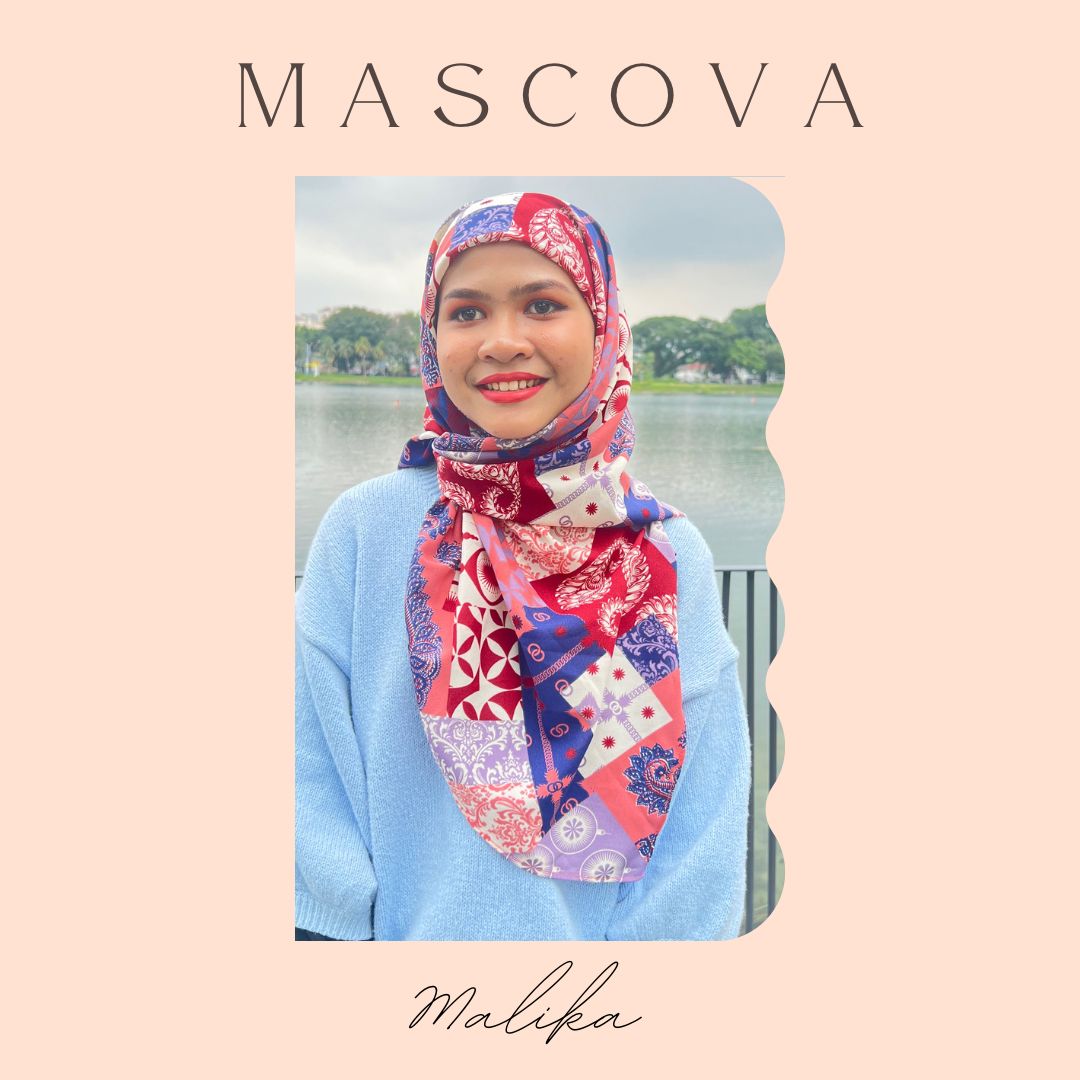
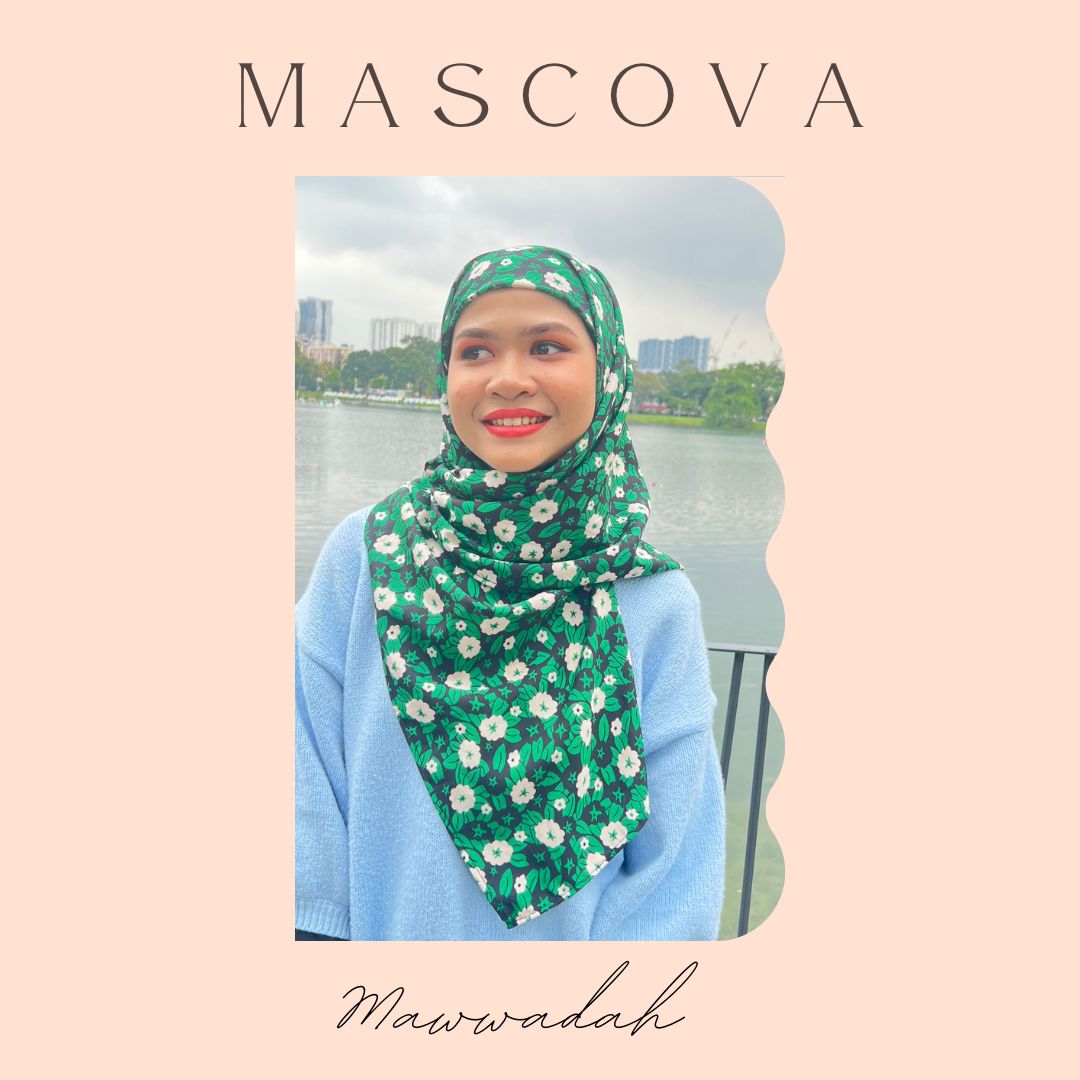
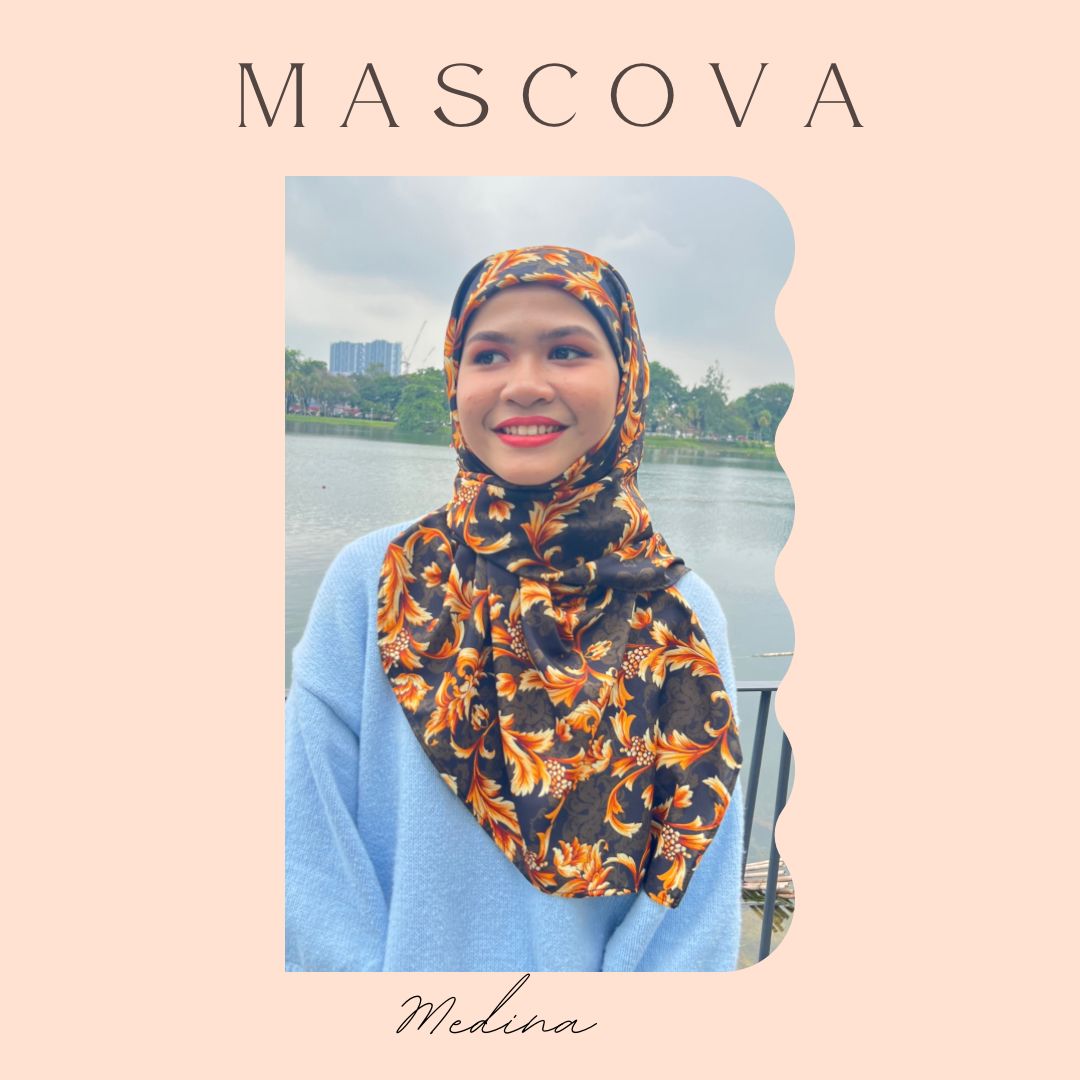
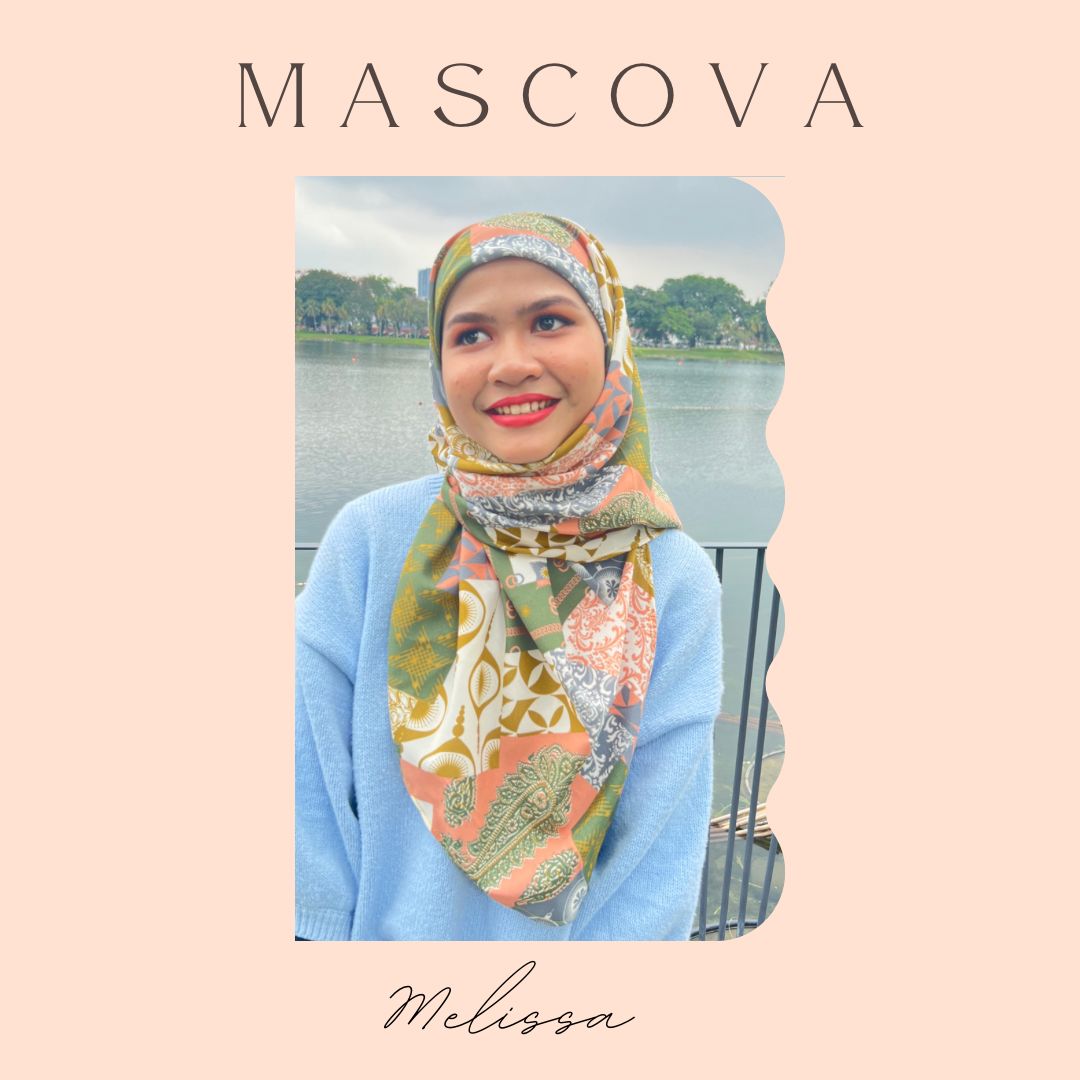
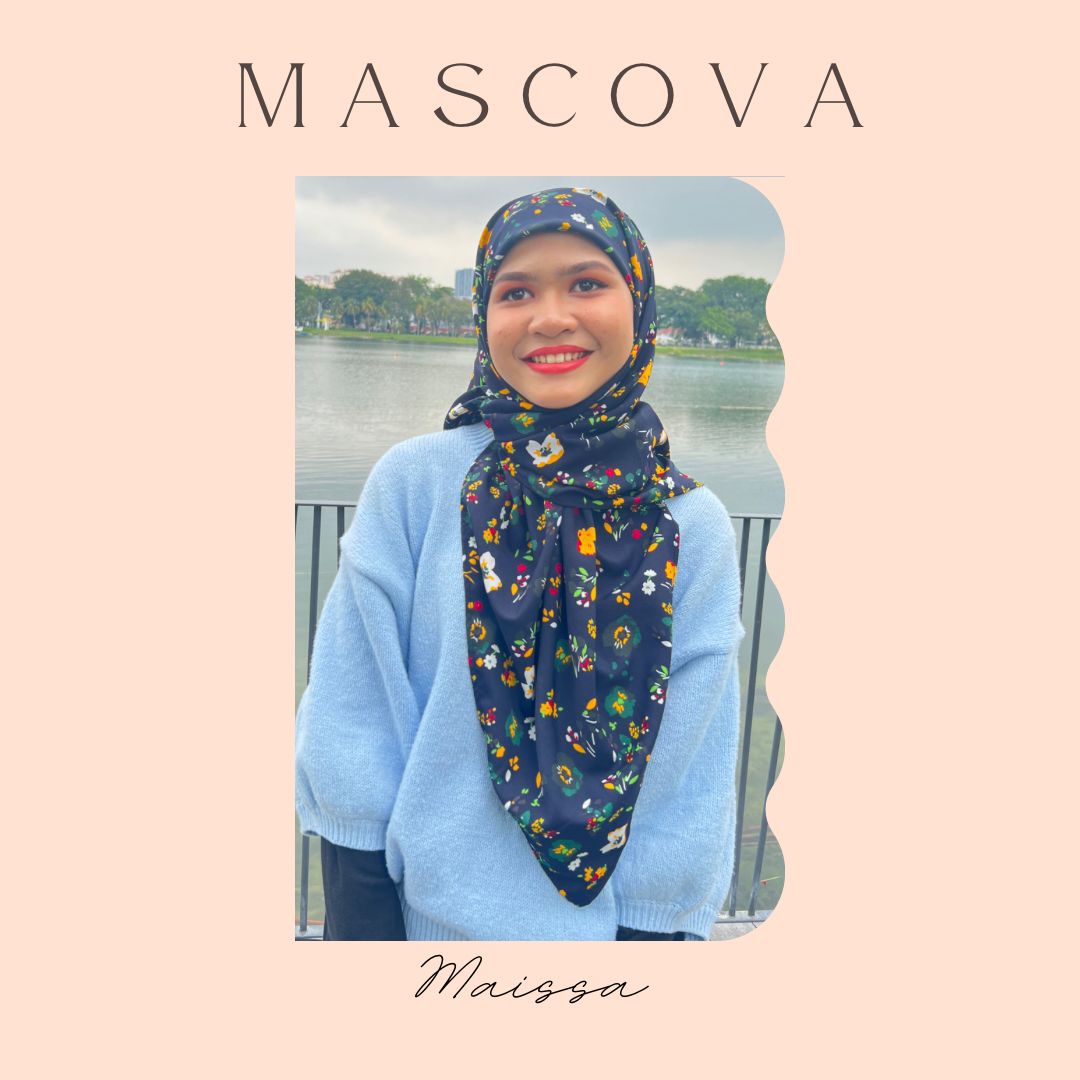

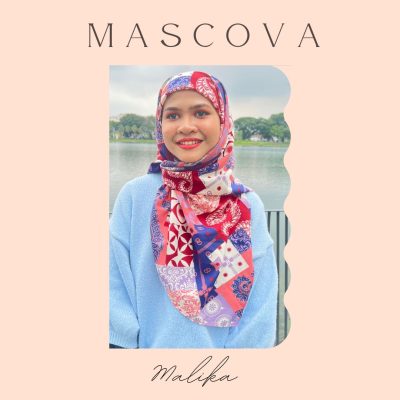
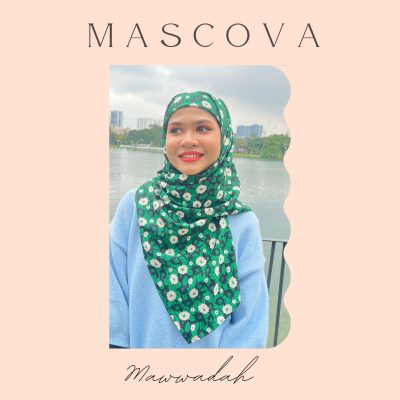
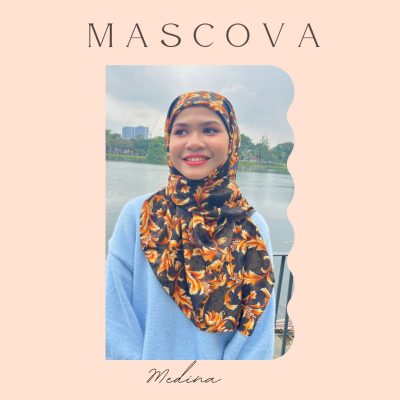
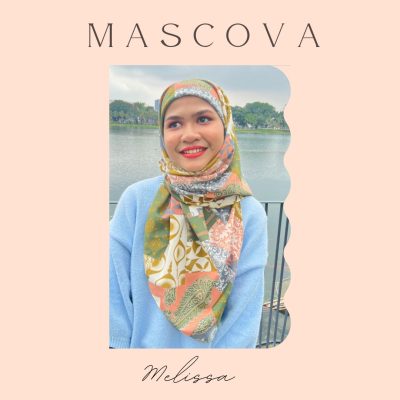
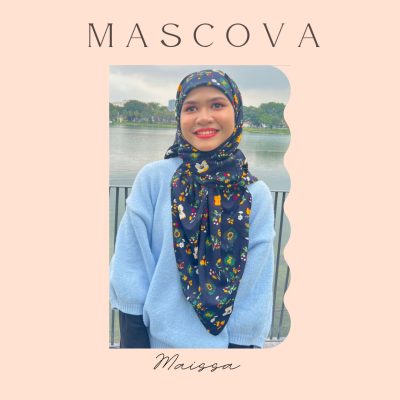















Reviews
There are no reviews yet.